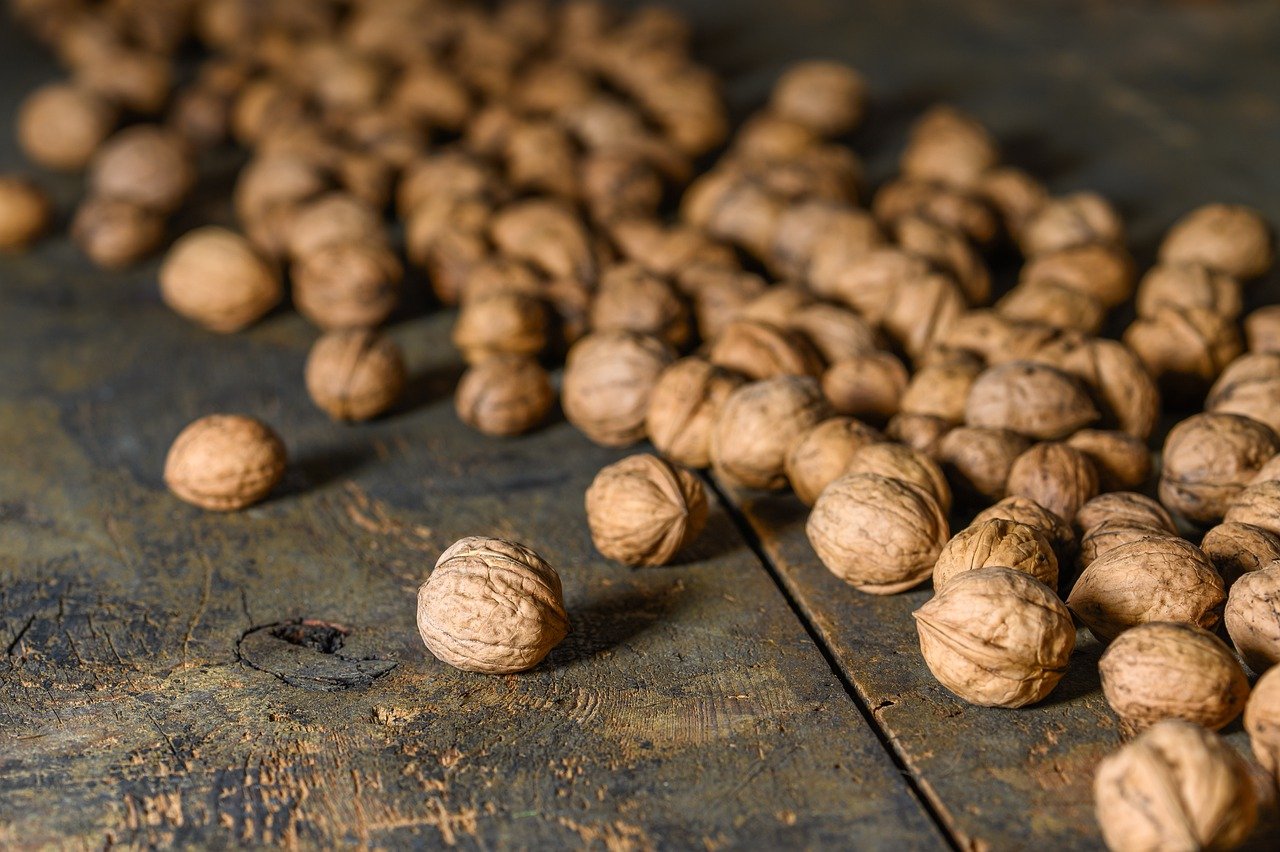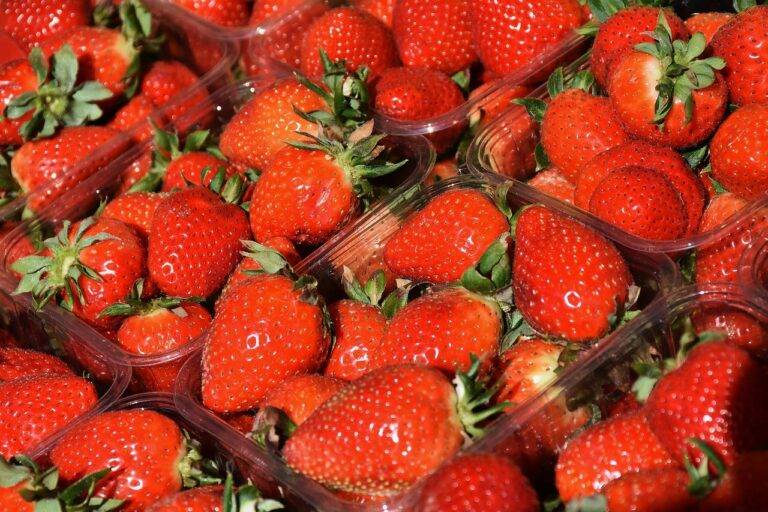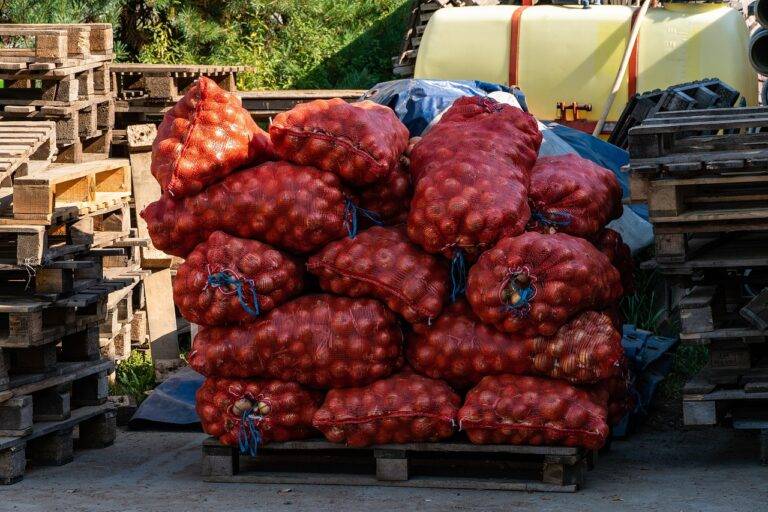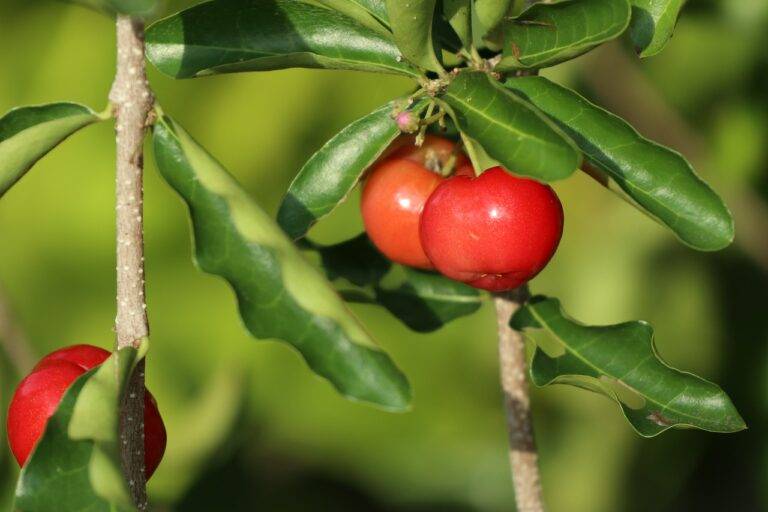The Science of Food Preservation: Ancient Techniques Meet Modern Innovation
Food preservation has been a vital practice for mankind since ancient times. With limited resources and the need to ensure a stable food supply, our ancestors developed various techniques to preserve food for extended periods of time. These ancient preservation methods, such as drying, salting, fermenting, and pickling, have stood the test of time and are still used today. However, with the advancement of technology and the emergence of modern innovations, the science of food preservation has evolved dramatically.
Ancient Techniques: Tried and True
Ancient civilizations relied on simple yet effective methods to preserve food. Drying, one of the oldest techniques, involves removing moisture from food to prevent bacterial growth. Fruits, vegetables, and meats were often dried in the sun or using a fire to extend their shelf life. Salting, another ancient preservation method, involves coating food in salt to draw out moisture and inhibit the growth of bacteria. Pickling and fermenting, which involve preserving food in a brine or acidic solution, are also ancient techniques that have been used for centuries.
Modern Innovations: Preserving Food with Precision
Modern food preservation techniques have revolutionized the way we store and consume food. Refrigeration and freezing are two of the most common methods used today to extend the shelf life of perishable food items. By maintaining low temperatures, these methods slow down the growth of bacteria and other microorganisms that cause food spoilage.
FAQs
1. What are some common modern food preservation methods?
Some common modern food preservation methods include refrigeration, freezing, canning, vacuum packaging, and irradiation.
2. How does refrigeration help preserve food?
Refrigeration slows down the growth of bacteria and other microorganisms by maintaining low temperatures, which helps prevent food spoilage.
3. What is canning, and how does it work?
Canning involves sealing food in airtight containers and heating them to destroy harmful bacteria. This method extends the shelf life of food by preventing contamination.
4. Is irradiation a safe food preservation method?
Irradiation is a safe and effective food preservation method approved by the FDA. It involves exposing food to a controlled amount of ionizing radiation to kill bacteria and pests.
As the demand for convenient and long-lasting food products continues to rise, the science of food preservation will only become more crucial. By combining ancient techniques with modern innovations, we can ensure a sustainable and secure food supply for generations to come.







